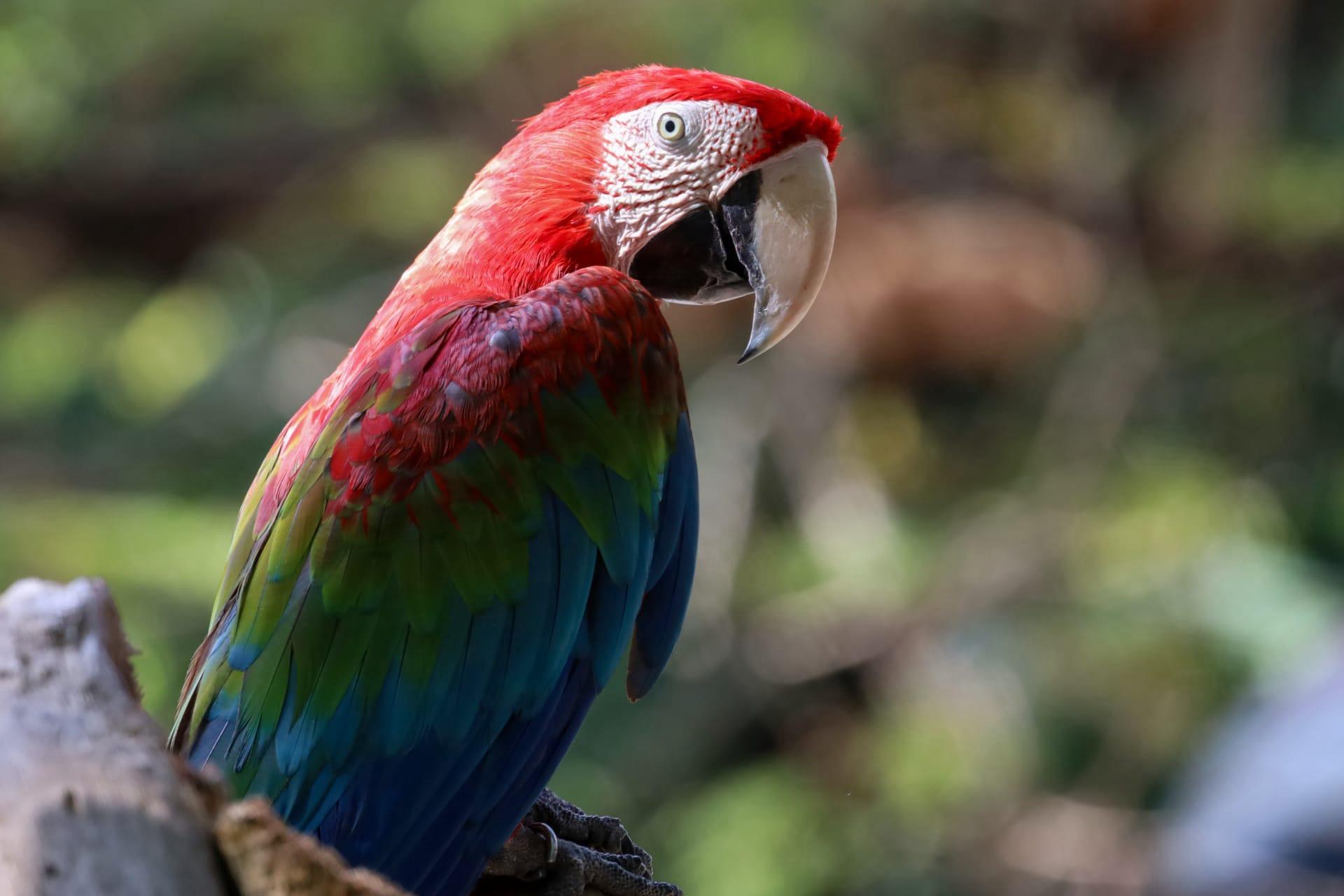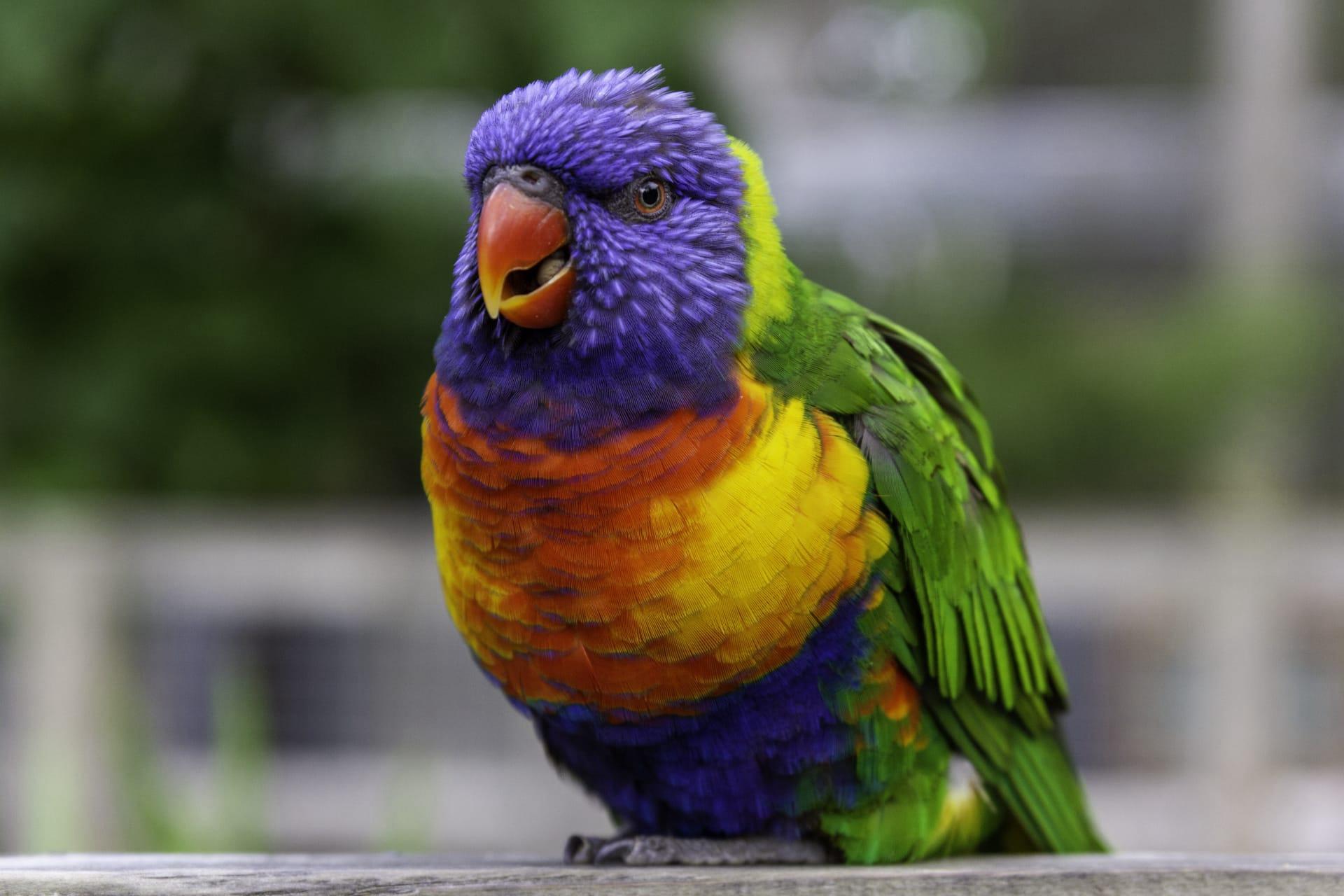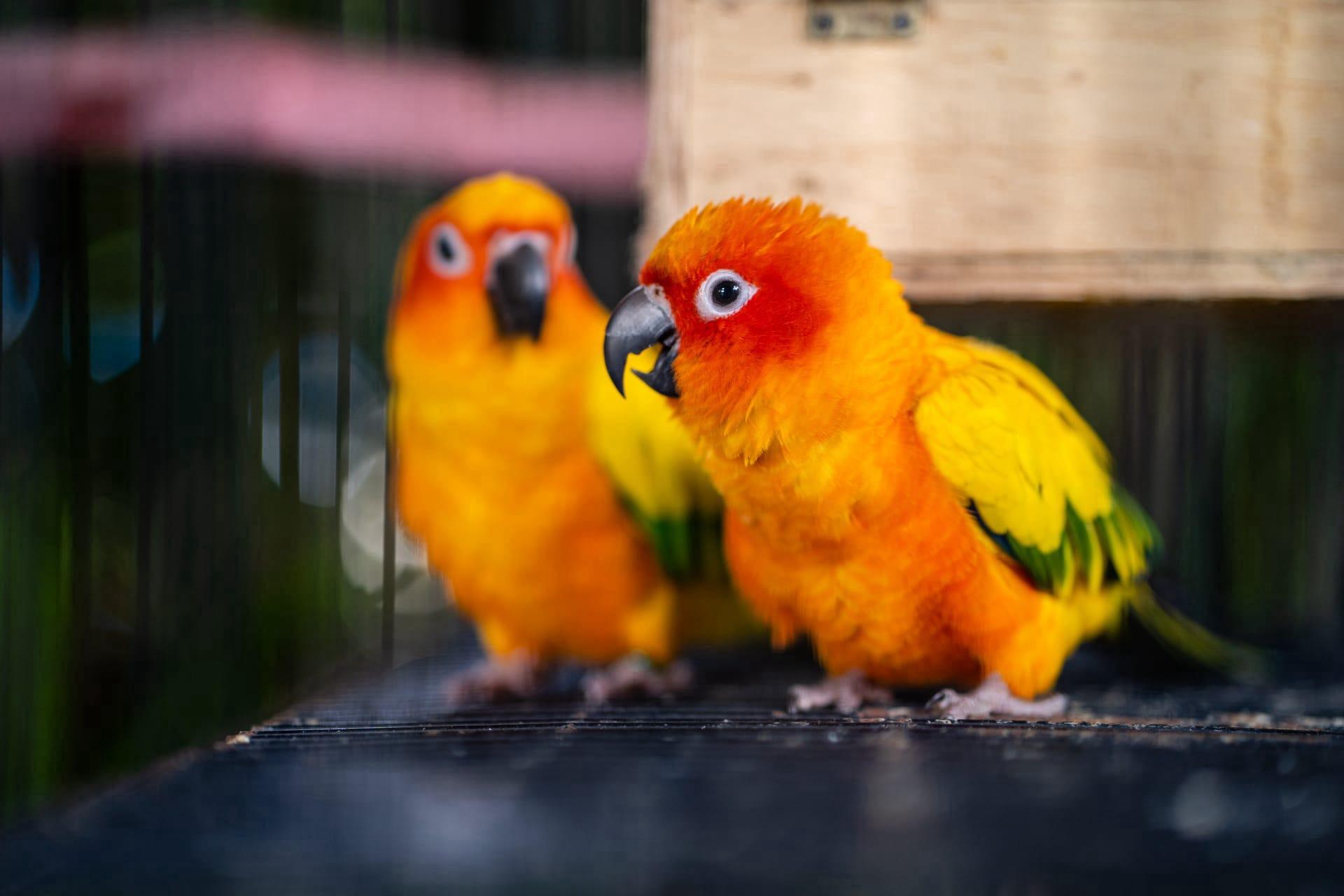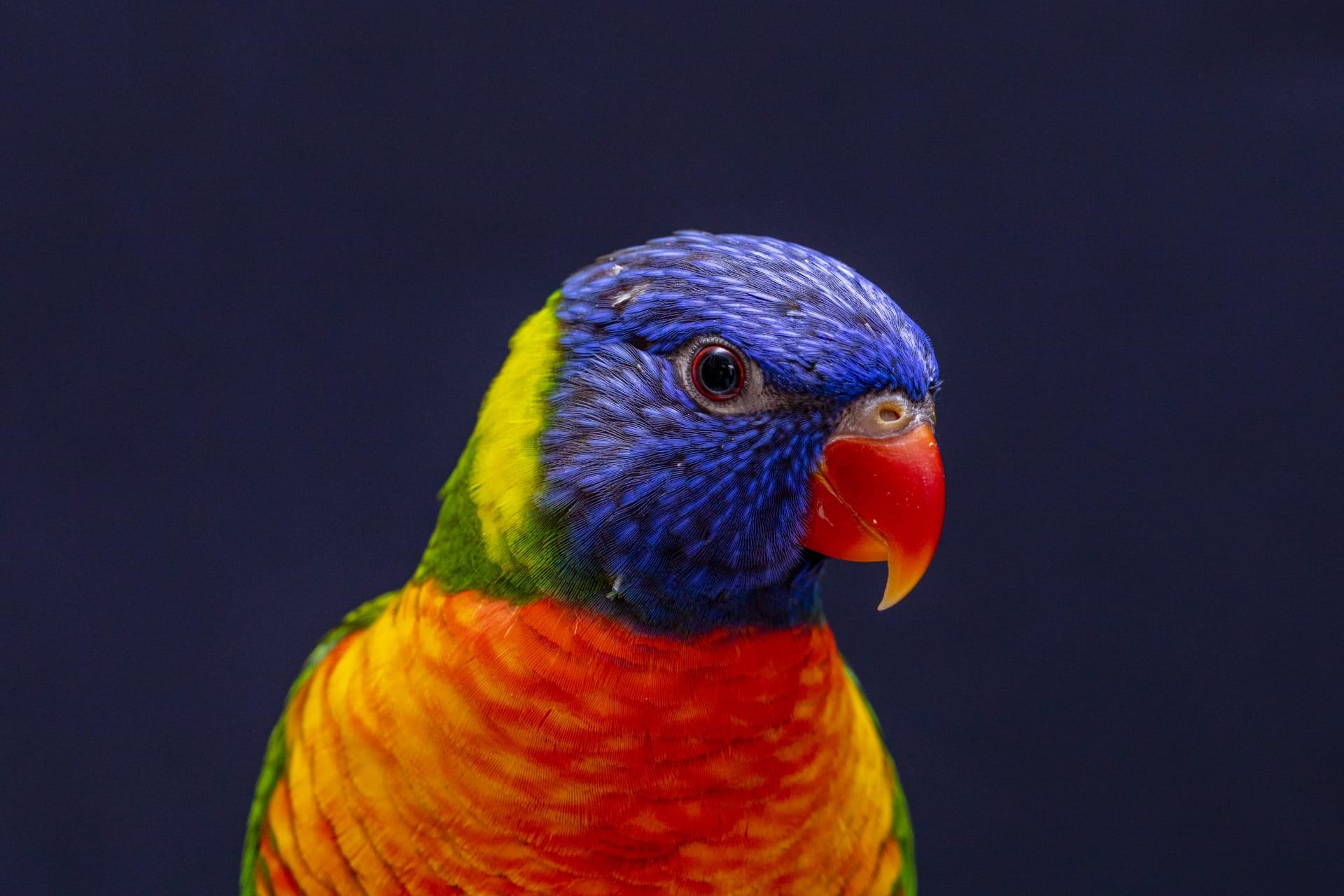1
Parrots are known for their remarkable ability to mimic human speech. This skill is not just imitation; parrots have a specialized brain region, similar to humans, dedicated to vocal learning. African Grey Parrots, for instance, can learn a vocabulary of over 1000 words. Their mimicry is so precise that they can replicate the tone and pitch of sounds, making it difficult to distinguish their voice from the original source.
Another fascinating aspect is their lifespan. Parrots, especially larger species like macaws, can live exceptionally long lives. In captivity, some parrots have been known to live up to 80 years, with the average lifespan ranging from 40 to 60 years. This longevity is rare among birds and reflects their complex social structures and cognitive abilities, which require a long adolescence to fully develop.

2
Parrots exhibit a unique trait called "zygodactyl" feet, meaning they have two toes pointing forward and two backward. This adaptation allows them to grasp objects with precision, akin to a human hand. It's crucial for activities like climbing, manipulating food, and even using tools. In the wild, parrots use these dexterous feet to perform intricate tasks, such as cracking nuts or skillfully extracting seeds from fruit.
Another interesting fact is their vibrant plumage, which is not just for show. Parrot feathers contain a unique pigment called psittacofulvin. This pigment is not only responsible for their vivid colors but also provides resistance against bacteria and fungi. Studies have shown that this pigment, exclusive to parrots, offers a protective barrier, keeping their feathers cleaner and healthier compared to other birds.

3
Parrots are highly social creatures and have complex emotional lives. They form deep bonds with their mates, often remaining monogamous for life. This bond is not only for reproduction but for mutual support and companionship. In the wild, parrots are often observed engaging in social activities like mutual grooming, which strengthens their social ties and emotional well-being.
They also exhibit grieving behaviors. When a parrot loses its mate or a close companion, it shows signs of depression and mourning, such as reduced vocalizations, loss of appetite, and lethargy. These behaviors highlight their emotional depth and the importance of social connections in their lives.

4
Parrots are known for their intelligence and problem-solving skills. In studies, parrots have demonstrated cognitive abilities comparable to a 4 to 6-year-old child. They can solve complex puzzles, understand concepts like size, shape, color, and even basic arithmetic. Some species, like the Kea parrot from New Zealand, are particularly known for their playful nature and curiosity, often investigating and manipulating objects in their environment.
Another intriguing aspect of parrot intelligence is their use of tools. Certain species, like the Goffin's cockatoo, have been observed manufacturing and using tools without human teaching. These behaviors include shaping branches into hooks to retrieve food or using pebbles to crack open nuts. This ability to use and even create tools is a sign of advanced cognitive processing and problem-solving skills.

5
Parrots play a vital role in their ecosystems as seed dispersers. Many tropical forests rely on parrots to help in seed distribution. Parrots eat a variety of fruits and nuts, and as they travel, they spread undigested seeds through their droppings. This natural process aids in the growth of new plants, helping to maintain the diversity and health of forest ecosystems.
Finally, the vocalizations of parrots are not just random noises but sophisticated communication systems. Each species has a distinct range of calls used for various purposes, such as signaling danger, identifying themselves, or maintaining flock cohesion. These calls can vary in pitch, length, and rhythm, allowing parrots to convey different messages and emotions. Researchers studying these vocalizations have discovered complex patterns, suggesting that parrot communication might be more intricate than previously thought.